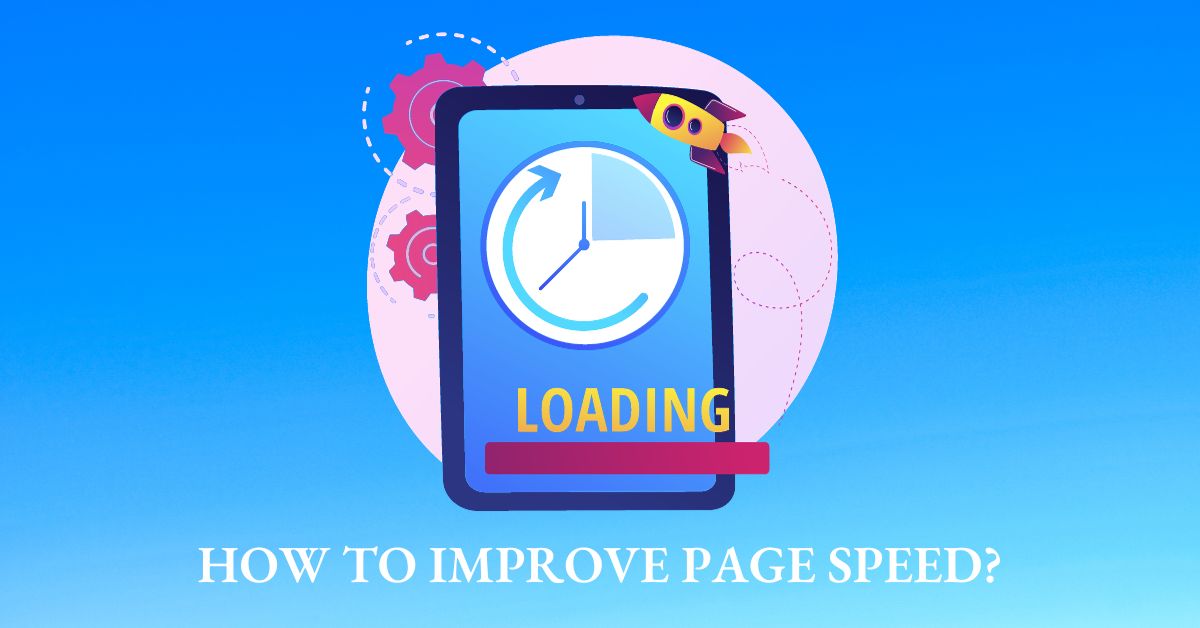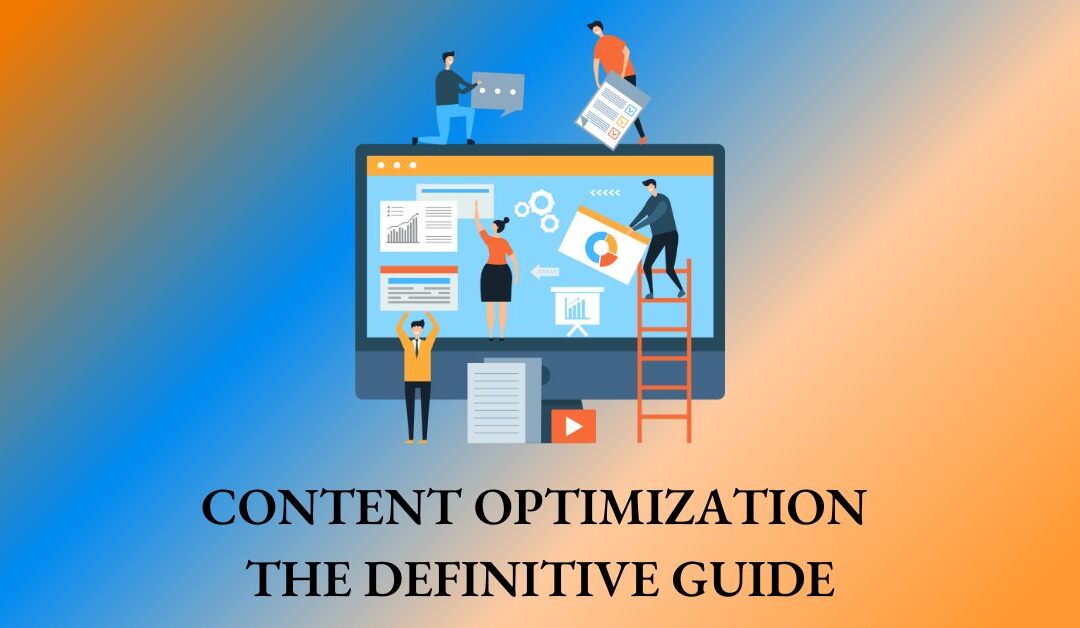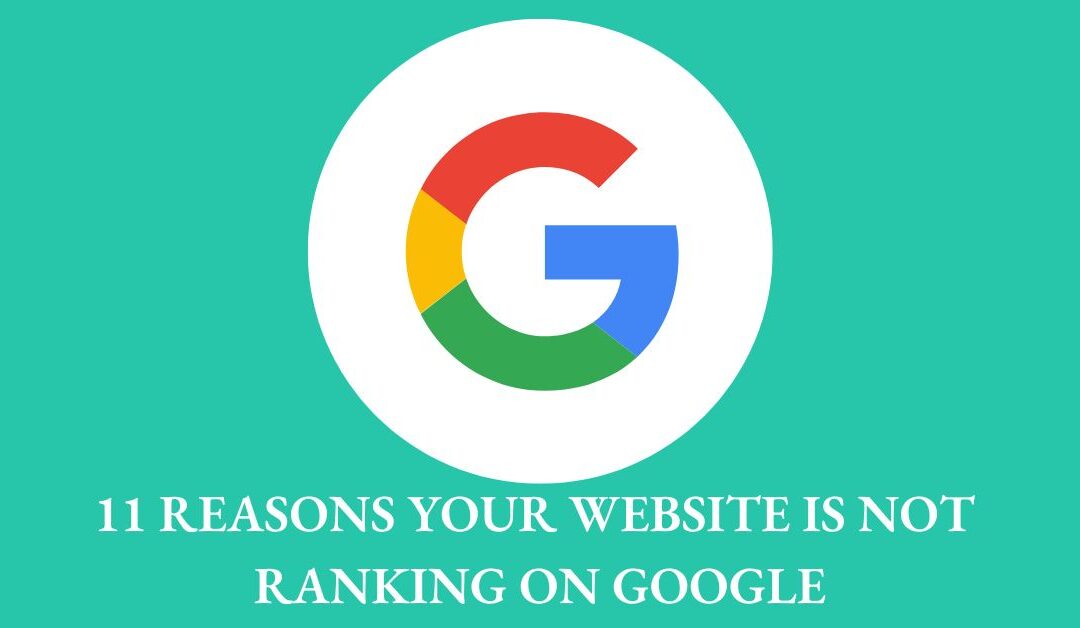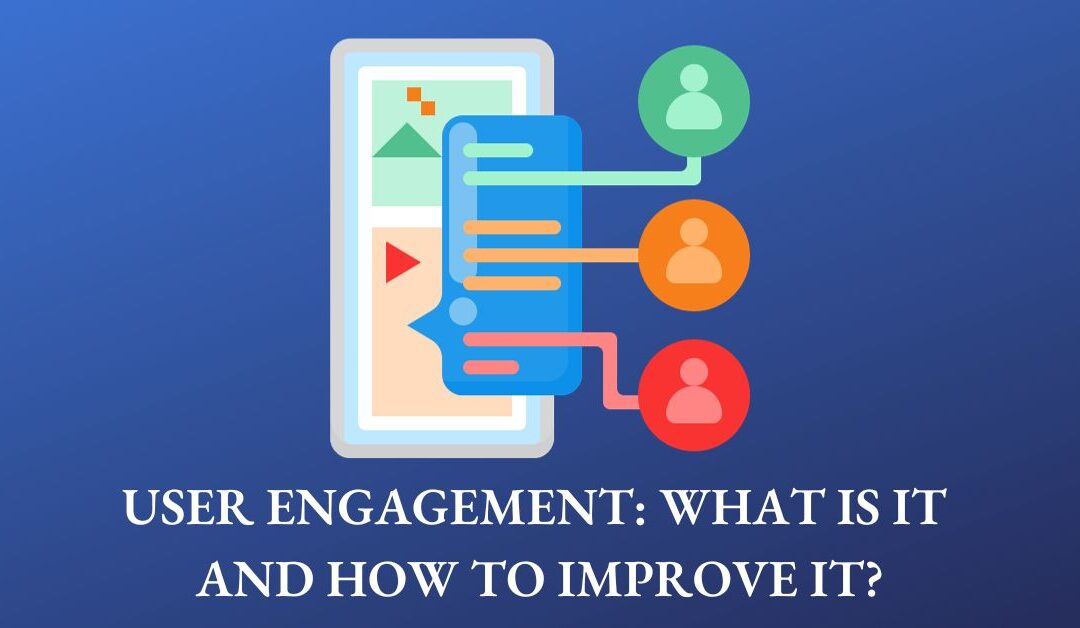How often do you wait for a page to load over 5 seconds? How often have you left a website because of its slow loading time? Page speed is an essential factor affecting the success of any online business. It ensures you provide users with the best experience to succeed in this competitive environment.
Google also considers page load speed when determining the rank of a web page. Ideally, a page should load in 3 seconds at maximum. Therefore, it is critical to improve page speed to achieve higher Google ranking and reduced bounce rates.
This article will discuss 15 easy steps to improve page speed, but first, let’s see how to check page load speed and why it is significant for your online business.
What Is Page Speed?
Page speed, also known as page load speed, is the measure of time it takes to load the contents of a webpage. In other words, the number of seconds a webpage takes to load and become visible to online users is page load speed.
Page speed is affected by several factors, such as web hosting server, page size, and caching. Please note that the page load speed of mobile and desktop versions of a webpage differs.
How to Measure Page Speed?
There are several metrics to measure page speed, the most signifcant of which are:
Onload Time: It is the amount of time it takes to load all the contents of a webpage.
Time to First Byte (TTFB): It is the amount of time it takes for the webpage to start loading.
First Contentful Paint (FCP): It is the amount of time it takes to load the first element of the page.
You can use several tools and services to check web page load speed.
GTMetrix: GTMetrix provides detailed information about page performance and reasons causing slow performance and suggests optimization opportunities.
Pingdom: Pingdom is a popular service that provides real user monitoring by giving insights into how users interact and experience your website based on device, browser, and geographic location.
Google Pagespeed Insights: Google Pagespeed Insights is a free tool by Google to analyze page speed and provide valuable tips on improving it.
Why is Page Speed Important for SEO?
The success of your online business depends not only on the quality of services you provide but also on the user experience. Users can switch to thousands of competitors if they are unhappy with your site. Therefore, it is critical to pay special attention to the load times that can benefit your business in several ways, such as:
Increased Visibility
The loading speed is a significant ranking factor for mobile searches. But did you know Google uses a mobile-first index, meaning your site’s mobile version will be indexed and ranked?
In other words, your site will rank in SERPs based on the mobile version. Therefore, the fastest-loading pages rank higher in search results and increase visibility.
Better User Experience
The first thing a user experiences while interacting with your website is page speed. Sites that take longer to load are annoying and frustrating for the user. Therefore, a fast-loading site adds to a good user experience.
Lower Bounce Rate
Pages that load slowly lead to a bad user experience and cause bounce rates to increase. According to Think with Google, the probability of bounce increases 32% when the load time of a webpage increases from 1s to 3s and 90% in case the page load time increases from 1s to 5s.
Therefore, fast-loading pages keep their visitors, reducing bounce rates.
Increased Page Views
It requires cost and effort to gain a new visitor to your site. Therefore, you cannot afford to lose a visitor because your page loads slowly. In addition, slow-loading web pages increase the chances of a visitor switching to other web pages.
Increased Conversion Rates
The percentage of visitors completing the desired action, such as purchasing, refers to the conversion rate. A visitor is a potential customer who is likely to convert. Therefore, the more visitors you keep, the higher the conversion rate.
Higher Chances or Revisits
Visitors are more likely to revisit pages with which they had a pleasant experience. For example, I like to revisit fast-loading, easy-to-navigate, and mobile-friendly sites.
Ways to Improve Page Speed
1. Switch To A Better Web Hosting
Web hosting servers have an enormous impact on the performance of websites as they serve all your page requests. Therefore, switching to a fast web hosting server can significantly improve the load speed of web pages.
However, it is not only the web-hosting server that affects page speed; but the type of service you choose also makes a significant difference. For example, shared hosting hosts multiple sites on a single server while resources are shared among them. Therefore, a sudden surge in traffic from other hosted sites may affect the speed of your site, but it is a low-cost option. However, Virtual Private Server (VPS), dedicated or cloud hosting, gives you better performance and more control over resources, but they are expensive.
It will help if you find the right balance between cost and performance. If your website is new, shared hosting is a good option. However, you may switch to dedicated hosting or VPS once your traffic increases.
Following is the list of some of the fastest web-hosting servers you can try:
I also recommend choosing the hosting plan carefully that meets your requirements. Also, upgrade to a better plan if needed.
2. Use CDN (Content Delivery Network)
Content Delivery Network, also called content distribution network, is a distributed network of proxy servers at geographically different locations. The users accessing your site will receive data from the server closest to their location for the fastest content delivery.
Therefore, if users access your website, they will not have to wait for the contents to be fetched from the origin server. Instead, the contents will be fetched from the nearest server, improving page load times significantly.
CDN offers many other benefits, such as reduced bandwidth costs and increased content availability.
3. Select A Better Theme
Your WordPress theme could be one reason contributing to increased loading time. Some themes are very lightweight, making them extremely fast, while others offer more functionality, making them a little heavy.
For example, Astra is a very lightweight WordPress theme but requires integration with website builders like Elementor or beaverbuilder. However, Divi comes with a Divi builder, making it a little heavy.
To optimize page load times, select a WordPress theme that is well-coded, SEO-friendly, and lightweight. Following is a list of some of the fastest WordPress themes you can try to increase page speed.
4. Use Caching
Another effective way to improve page speed is to use caching. Using caching means your server will store copies of your website so that it loads quickly next time. It also ensures the consumption of fewer server resources.
WP Rocket and WP Optimize are two widely used WordPress Plugins for caching sites. However, if your site is hosted on WP Engine, do not worry about caching as they have built-in caching.
5. Leverage Browser Caching
Browser caching is not the same as server caching. In browser caching, static web contents such as HTML, CSS, images, and JavaScript are downloaded or stored on the user’s computer’s hard drive. As a result, only the contents not in the browser cache are retrieved from the server. The contents in the browser cache are directly loaded, thus improving page load speed.
You can change the .htaccess file through an FTP client to instruct the browser on when and how often it should update the browser cache. Alternatively, a caching plugin, like WP Rocket, will do the job.
6. Optimize Images
Images make your webpage heavy and take more time to load. Therefore, to improve page speed, it is essential to optimize images.
To optimize images, make sure:
They are stored in the appropriate format: PNG and JPEG files are easily compressed formats, and every browser supports them.
They are resized: Resizing relates to how an image appears on your webpage. For example, if the image width exceeds the maximum width you can show on your site, resize it before uploading. Several tools are available for resizing images, such as Photoshop.
They are compressed correctly: You must compress them to reduce their size. Typically, the optimal image size is less than 1MB. Therefore, using suitable tools for image compression that do not affect their quality is critical. For example, Smush is a popular WordPress plugin that offers lossless compression without affecting image quality.
7. Use Lazy Loading
The default browser behavior is to load all media files of a webpage at once. Therefore, if your page has multiple media files, such as images, it can significantly affect the page load speed. However, if you use the lazy loading technique, the browser only loads media files when needed. In other words, the media files will load when the user scrolls down to the media file.
You can use the WordPress plugin, WP Rocket, to defer the loading of media files without affecting the website.
8. Optimize the Delivery of Videos
If your page comprises videos, they can slow the page load speed. It is, therefore, critical to optimize the delivery of videos to increase page speed.
Apart from using lazy loading, you must follow the below-mentioned three practices:
Uploading videos to a video hosting service: By uploading videos to a video hosting service such as YouTube, Vimeo, or Twitch and then embedding them on the webpage, the content will directly come from the hosting service. As a result, the load on the server will be reduced, as it will not have to stream the video content.
Disable auto-play: Disabling auto-play will improve the page load speed considerably.
Replace Iframe with a preview image: Another valuable technique is to show an image preview to the users until the video is loaded. Then, until the user clicks play, only the image preview will upload.
9. Remove Unwanted Plugins
The presence of redundant plugins on a website is one of the major causes of slow-loading web pages. Plugins are great for optimizing your website; however, there may be several plugins that you no longer use. Identify and remove redundant plugins from your site to improve page speed.
I recommend keeping the number of plugins minimum while installing only those necessary.
10. Minify JavaScript and CSS
Minification eliminates all unnecessary or redundant characters from the source code, such as white spaces, comments, and unused code, without changing the code’s functionality. Minifying JavaScript and CSS files reduces their size while they load faster.
You do not have to minify resources manually, as many tools or plugins are available to minify resources, such as JavaScript and CSS. Nitropack, WP Rocket, and WP Optimize are popular WordPress plugins to minify code.
11. Reduce HTTP Requests
For every web page file, browsers send HTTP requests to the server. A separate request is sent for each file, including images, CSS files, JavaScript files, or plugins. More files mean more HTTP requests, while bigger files mean longer requests. The more HTTP requests, the longer the web page takes to load.
Fewer HTTP requests can significantly improve page speed. Therefore, it is critical to reduce HTTP requests by:
- Eliminating unnecessary multimedia files and resizing the rest.
- Deferring render-blocking JavaScript and loading JavaScript files asynchronously.
- Combining CSS and JavaScript files.
- Replacing heavy-weight plugins with lightweight alternatives.
12. Clean up Your Database
If you have a WordPress website, your database might get messy quickly with obsolete data such as deactivated plugins, saved drafts, spam content, and post revisions. Cleaning up your database can enhance your page performance and loading times. WP Optimize is a great WordPress plugin that you can use for cleaning your database.
13. Decrease Redirects
If a user trying to access a page is sent to another page, it is called a redirect. Redirects waste time as the server has to change its route.
Sometimes, redirects are necessary for the site. For example, if you have moved your website from one domain to another, the users must be redirected to the new domain. However, there are cases when you can decrease them to improve speed.
For example, redirect from a non-www site to a www site or a redirect from an HTTP site to the HTTPS site.
14. Resolve 404 Errors
Websites undergo structural changes often that may cause broken links. Broken links result in a 404 redirect, which takes longer as the server finds the page. Therefore, to increase page load speed, find all the broken links and resolve 404 errors.
Almost every all-in-one SEO tool comes with the feature of checking broken links, such as SEMrush, Serpstat, and SpyFu.
15. End URLs with a Trailing Slash
URLs with a trailing slash signify a directory, while those without it show a file. If you do not include a trailing slash at the end of the URL, the request will cause a 301 redirect, affecting the page load speed. You may wonder why it results in a redirect. Let me explain it.
For example, if the URL is http://exampleurl/blog, the web server will look for the “blog” filename. If it does not find any file, a redirect will be executed by putting a trailing slash http://exampleurl/blog/. It means it will now look for a directory with that name.
Therefore, by including a trailing slash at the end of the URL, you can avoid the unnecessary 301 redirects and improve page speed.
Conclusion
It is critical to improve page speed for enhanced user experience, higher SEO rankings, and increased revenue. Unfortunately, improving loading times is not an easy task. But with the right tools and strategy, you can achieve maximum benefits in less time.






0 Comments